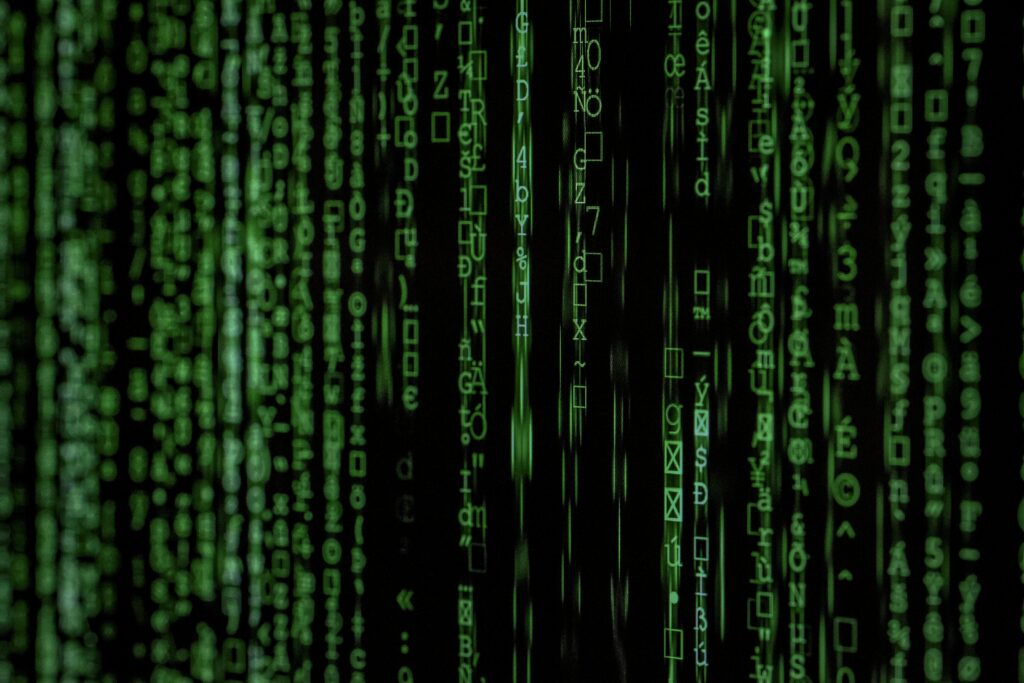Imagine a world where your morning cup of coffee is brewed by a robot barista, your fresh groceries are delivered by a drone, and your favorite restaurant offers a virtual dining experience. This futuristic vision is no longer a far-off fantasy but a rapidly approaching reality, thanks to the rise of artificial intelligence and automation in the business world.
According to a recent report by McKinsey & Company, automation technologies could potentially save companies up to $6.7 trillion in labor costs by 2025. This staggering figure highlights the transformative power of AI in streamlining operations, improving efficiency, and enhancing customer experiences.
But what does this mean for the workforce? While some may fear that robots will ultimately replace human workers, experts like Professor Andrew McAfee of MIT argue that automation will actually create more jobs than it destroys. “AI and automation will eliminate certain tasks, but they will also open up new opportunities for employees to upskill and focus on higher-value work,” McAfee explains.
As businesses continue to adopt AI technologies, it is crucial for companies to prioritize employee training and development to ensure a smooth transition into the digital age. By embracing innovation while also investing in their human capital, companies can unlock the full potential of AI and automation to drive growth and stay competitive in an increasingly digital marketplace. In this ever-evolving landscape, the key to success lies in striking a balance between man and machine.



